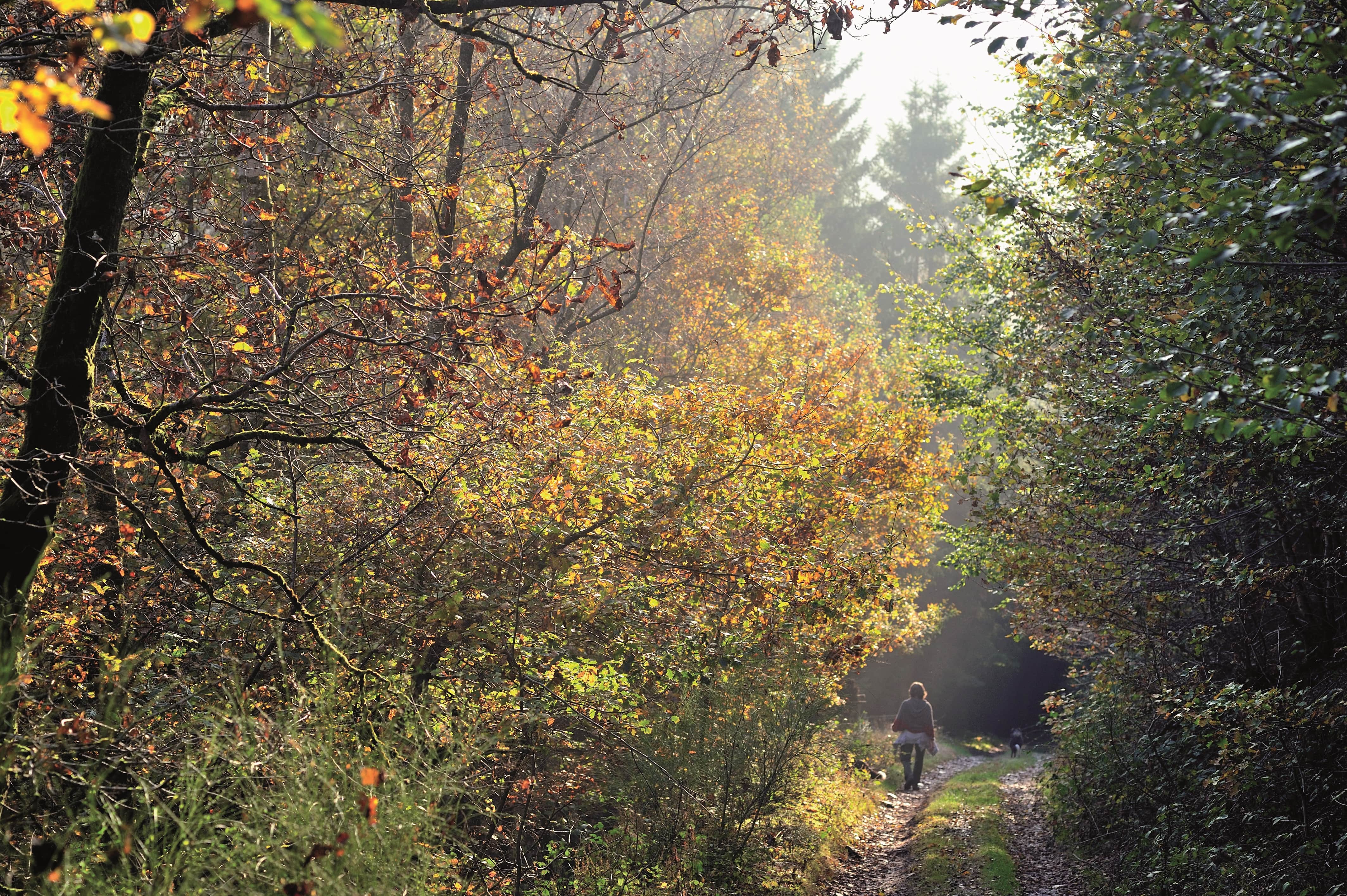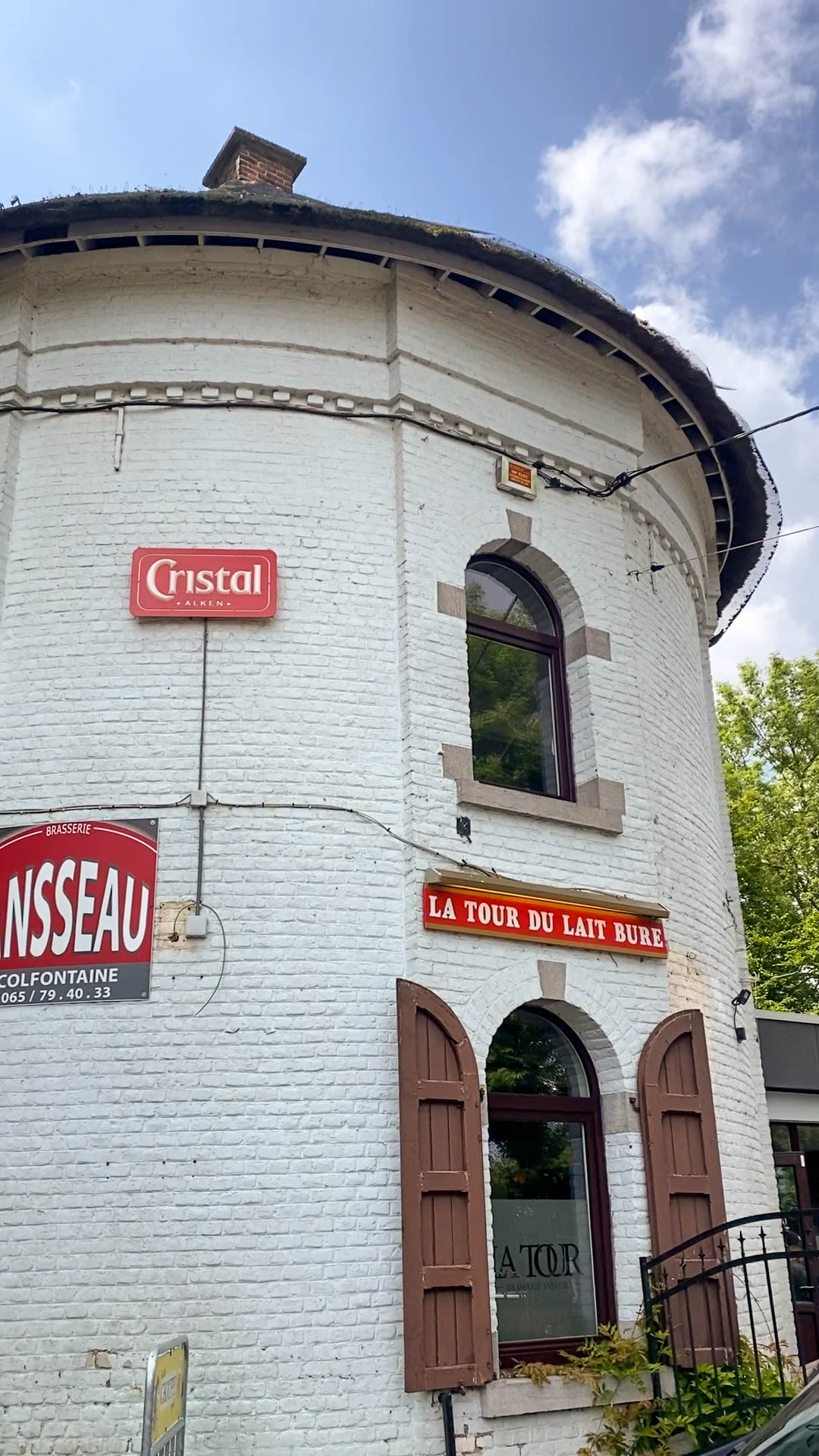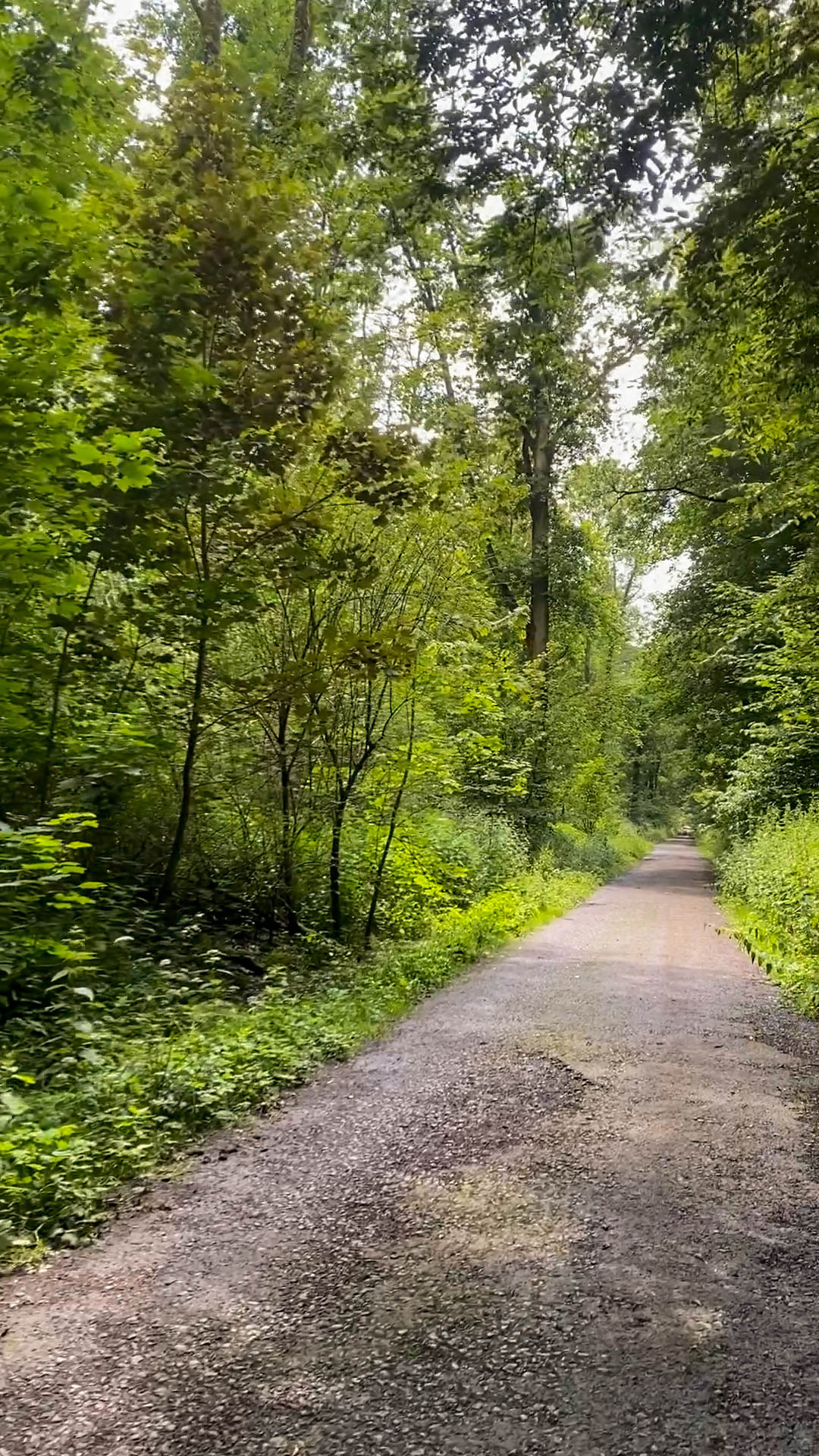Spanning the municipalities of Colfontaine, Dour, and Frameries, the Colfontaine Forest covers 750 hectares of wild and protected nature. Now part of the Nature Park of Les Hauts-Pays, it offers numerous walking and cycling routes. Whether you prefer paved paths or wish to venture off the beaten track, this must-see location immerses you in the heart of nature.
An exceptional natural and ornithological heritage
The Colfontaine Forest is a major ornithological reserve and also boasts remarkable botanical interest. During your walks, you'll discover a variety of trees: hazelnuts, hornbeams, ashes, maples, as well as large trees like oak, elm, poplar, beech, cherry, chestnut, and even some conifers.
To explore this green oasis, three marked routes are available, totaling over 30 km of paths. Ranging from 10 to 13 km long, these circuits allow you to discover all aspects of the forest: fauna, flora, slag heaps, streams, and numerous springs. Children will especially enjoy the "Rando des Leus," a 5 km route marked in yellow, inviting them to try to spot a red squirrel or a roe deer. This walk was created at the initiative of the Colfontaine Children's Municipal Council.
A historical heritage to discover
In addition to its natural wealth, the Colfontaine Forest holds significant traces of local history, particularly the history of coal mining. The concrete headframe of the Sauwartan coal mine, still clearly visible, surprises the walker. Behind this monument, the top of the slag heap offers a spectacular panorama of the lush forest. Small ponds along the slag heap are remnants of shell holes left by Allied bombings in 1944. These ponds have become refuges for many dragonflies during the warmer months.
At the edge of the forest, don't miss the "Tour du Lait Buré," built at the beginning of the 20th century. Once a guinguette and cabaret, it was a popular relaxation spot for miners, who would come to enjoy, among other things, a bowl of buttermilk after a long day of work. This venue is still open and is the perfect place to enjoy a drink on the terrace after a pleasant walk.



